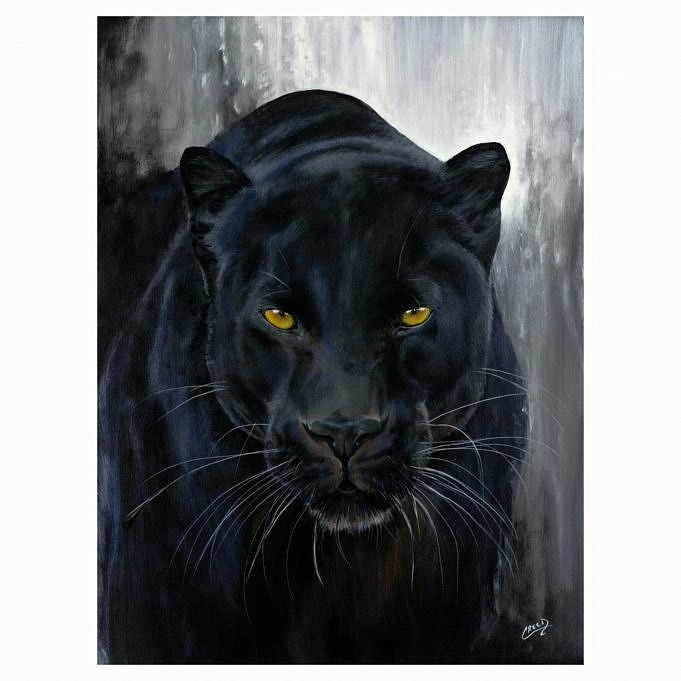American folk art meets world’s most collectible handsaw.
from the June 2004 issue
Its easy to understand why folk artists love to paint on saws a saw blade is a large and flat area that is easy to paint, yet the overall shape is instantly recognizable as something old. An old saw is a better choice than a canvas to create an implicit connection with the past.
Most tool collectors, especially those who collect old saws, aren’t too fond of saw-painters. The tool’s collectible value and useability are severely affected by the painting, which is often very poor quality. This isn’t always true.
At a recent meeting of my local tool collectors organization, a member brought a painted saw to share that he had recently purchased at a local flea market. This was definitely not your average saw, and caused quite a stir in the group.
First, I was struck by the high quality of the artwork. While its certainly not a museum piece, it is a big step up from what you often see. The subject was well balanced, the color used was excellent (the sky had some very nice brushwork), as well as the slightly distorted perspective typical of American nave art. Someone at the meeting pointed out that this work would undoubtedly earn you an A at the local community college.
After a quick art appraisal, the saw was finally examined. The saw was in great shape with its distinctive nib, which is typical of 19th-century production. The handle was in remarkable condition, without the chips, cracks or rodent damage one normally sees on a saw of this vintage.
But the real surprise was the shape of the handle. Although it didn’t immediately register, I was shocked to discover that the handle had a panther head! This was no ordinary old saw it was one of the true holy grails of saw collecting: the Woodrough and McParlin Panther saw!
U.S. Patent 11603 was granted to James R. Woodrough, Cincinnati on January 13, 1880. It was simply titled Design for Saw-Handles. The specification is quite short, covering, A design for handsaw-handles, consisting of the ordinary form of handle, its front end being provided with an ornamental head projecting from said front end over the blade of the saw .
The Smithsonian magazine featured this saw in a 1991 article. It stated that only six examples of these tools are known to exist. More examples of this saw have been found, but the current count is less than 30. Whats even more interesting is that this is only the second example that I am aware of that has wheat carving on the handle, making it even more rare.
The combination of rarity and unusual design means these saws are in great demand from collectors, and will command a high price. Even rough examples can sell for or more, and nicer ones will bring to according to Pete Taran, who runs vintagesaws.com, a site devoted to old saws.
A specialist in tool restoration can undoubtedly remove the varnish and paint from the saw and restore it to its collector condition. This saw could be considered the finest example of this rare tool and it would challenge the record price at an auction. It is obvious that the saw needs to be refinished. The owner of the saw put it best:
As a collector, I find the saw helps me to remember a time when fine craftsmanship and hand tools were an integral part of our daily lives. The saw painter celebrates the same bygone era through illustration using an item from the past. Both of us, the collector and the folk artist, are trying to carry forward to tomorrow something from our past. If I were to clean the saw, all I would have when I am done is, well, just another panther saw. Clearly the sum is greater than the parts, so I intend to leave the saw as is.
After thinking about it for some time, I can say that I agree. After all, whats more interesting owning one of 30 known panther saws, or owning the only known painted panther saw? PWM
Ralph, a long-time collector and researcher for antique tools is an avid woodworker. He is the online director of the OldTools mailinglist and an area director for Mid-West Tool Collectors Association.



